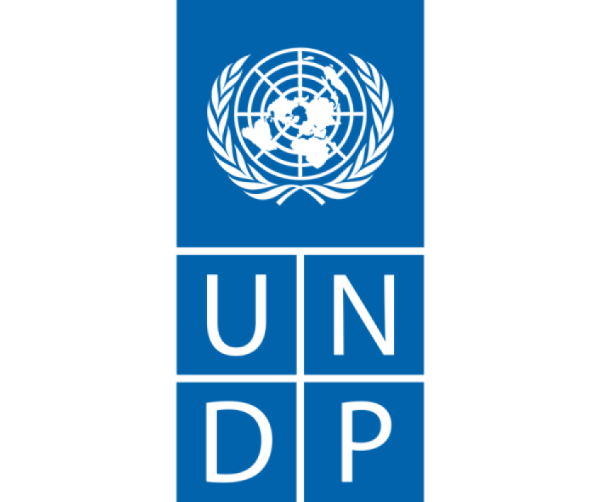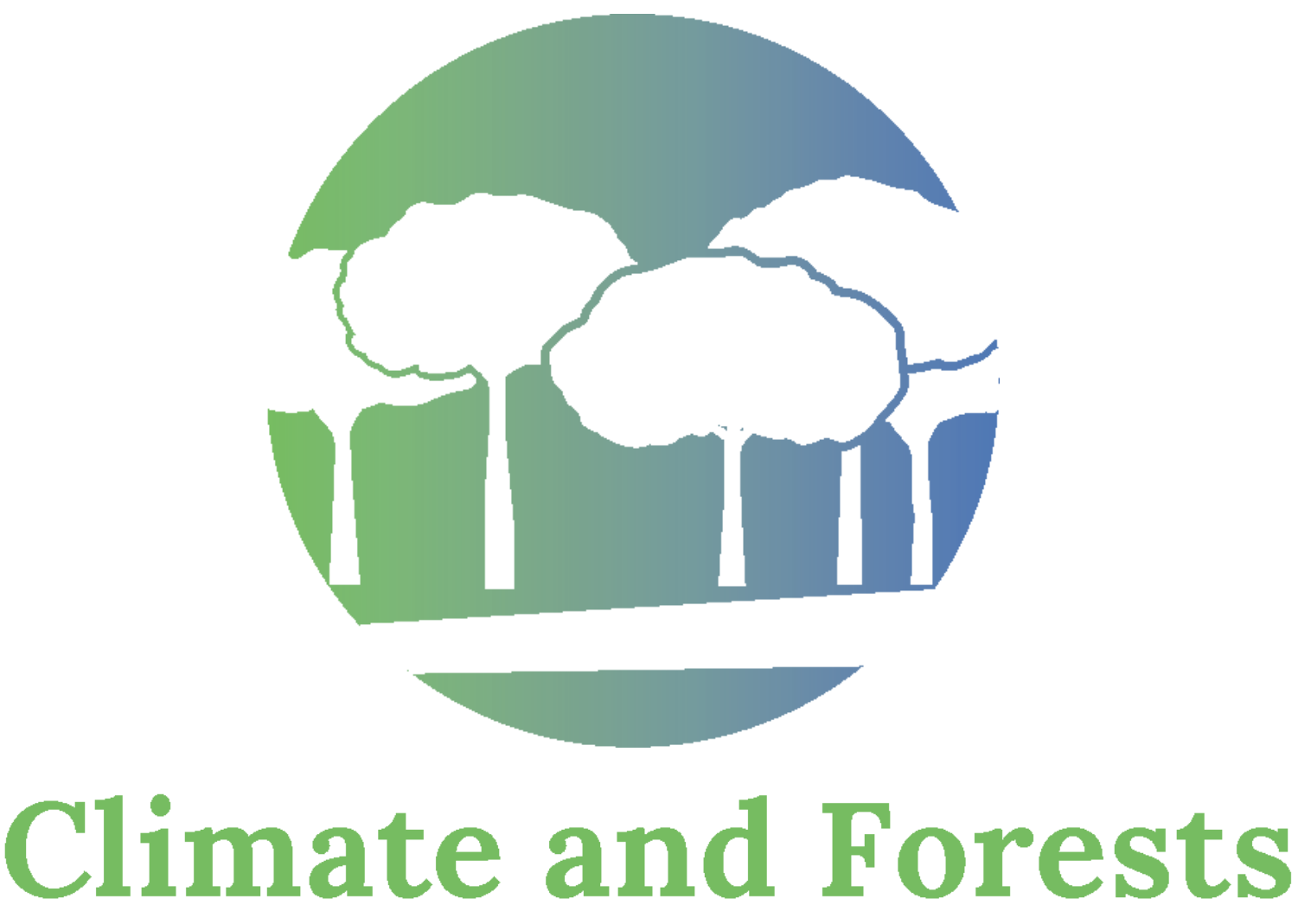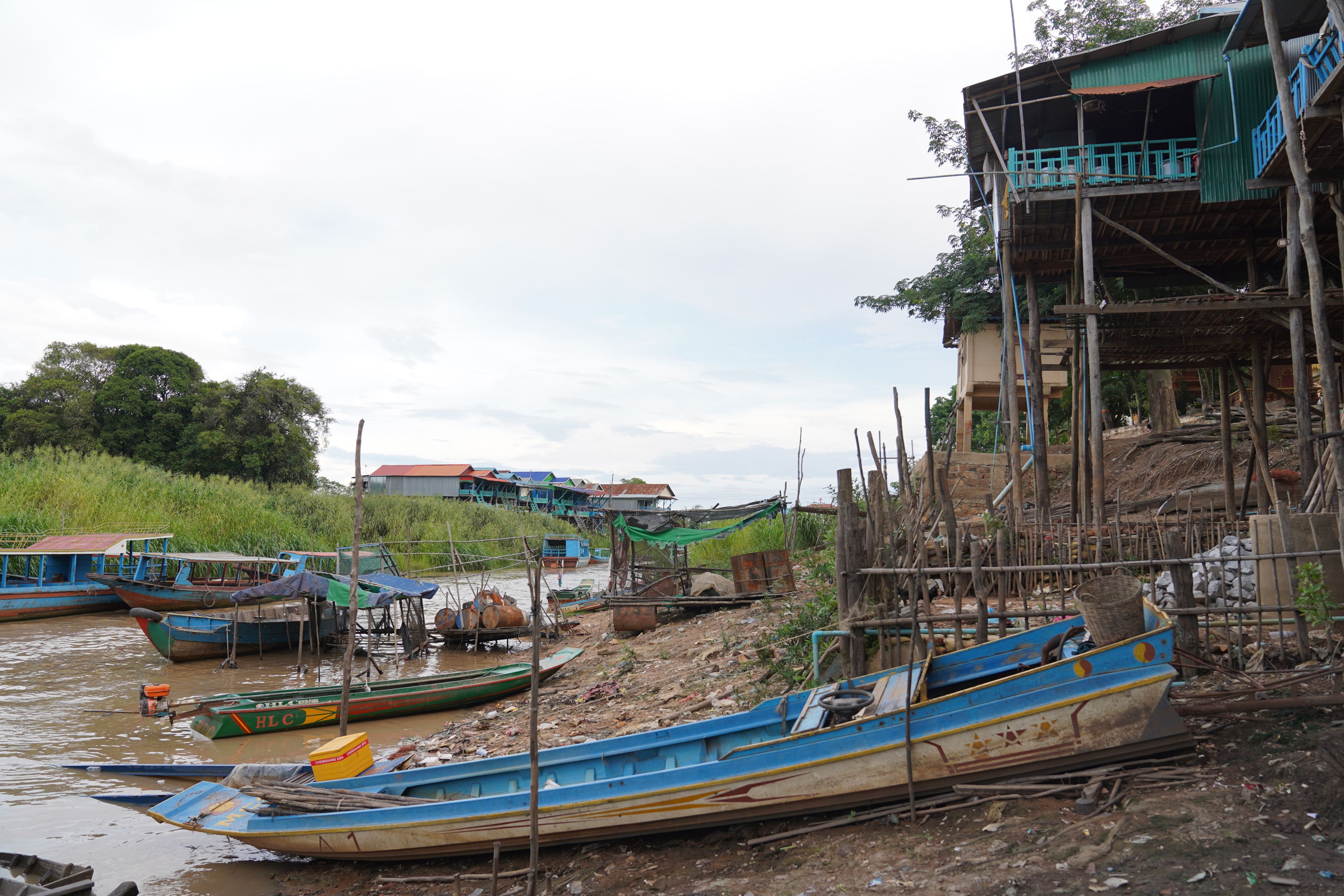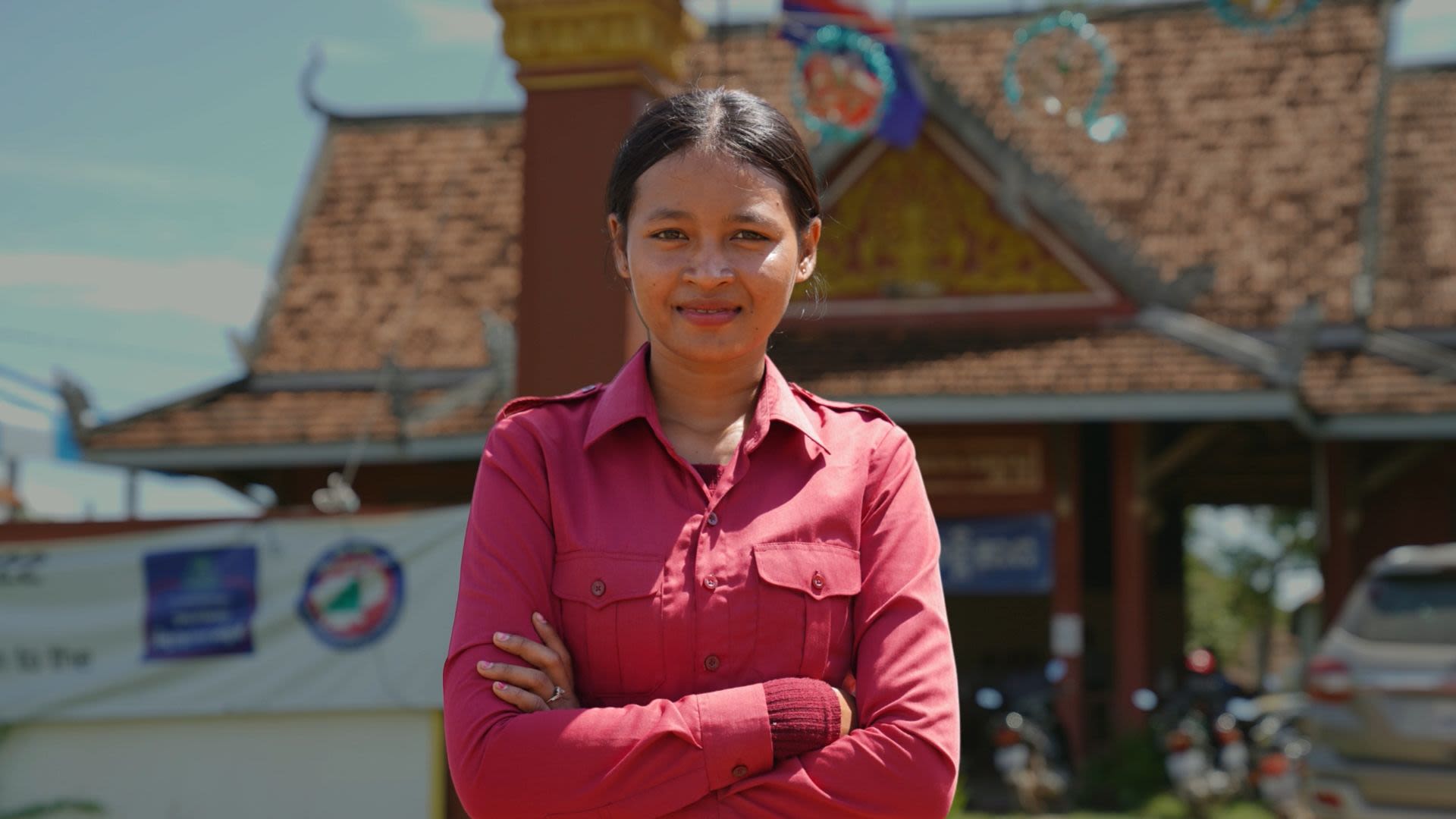
“Our job is to educate people about the need to preserve our beloved flooded forest which is home to both animals and humans. I often go patrolling to the forest, making sure there is no illegal activity, especially related to logging and fishery. We should all join hands in this endeavor!” says Srey Mao, who works as an administrative assistant in Sasar Sdam commune and is engaged in conservation activities around the flooded forest.
The forest here still bears the marks of the Khmer Rouge Regime, responsible for one of the worst mass killings of the 20th century. “I still see skulls in the forest. During my childhood, people told ghost stories about the forest, and I heard that bamboo sticks or hoes killed many people in Kralanh district.” Srey Mao was born two decades after the end of the brutal Communist regime: “Older people say the young generation is lucky to live in this peacetime and never having experienced bombs or gun fire.”

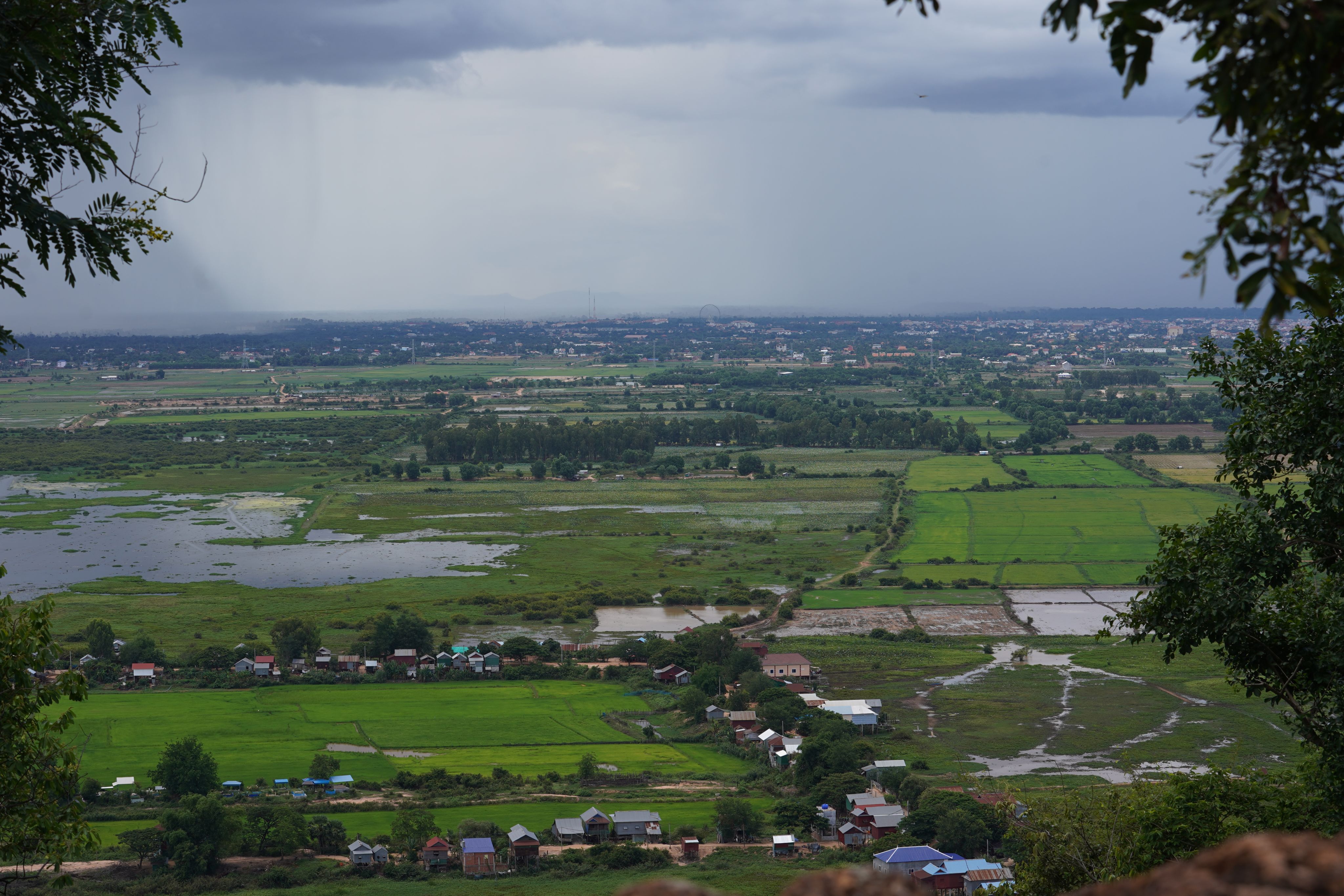
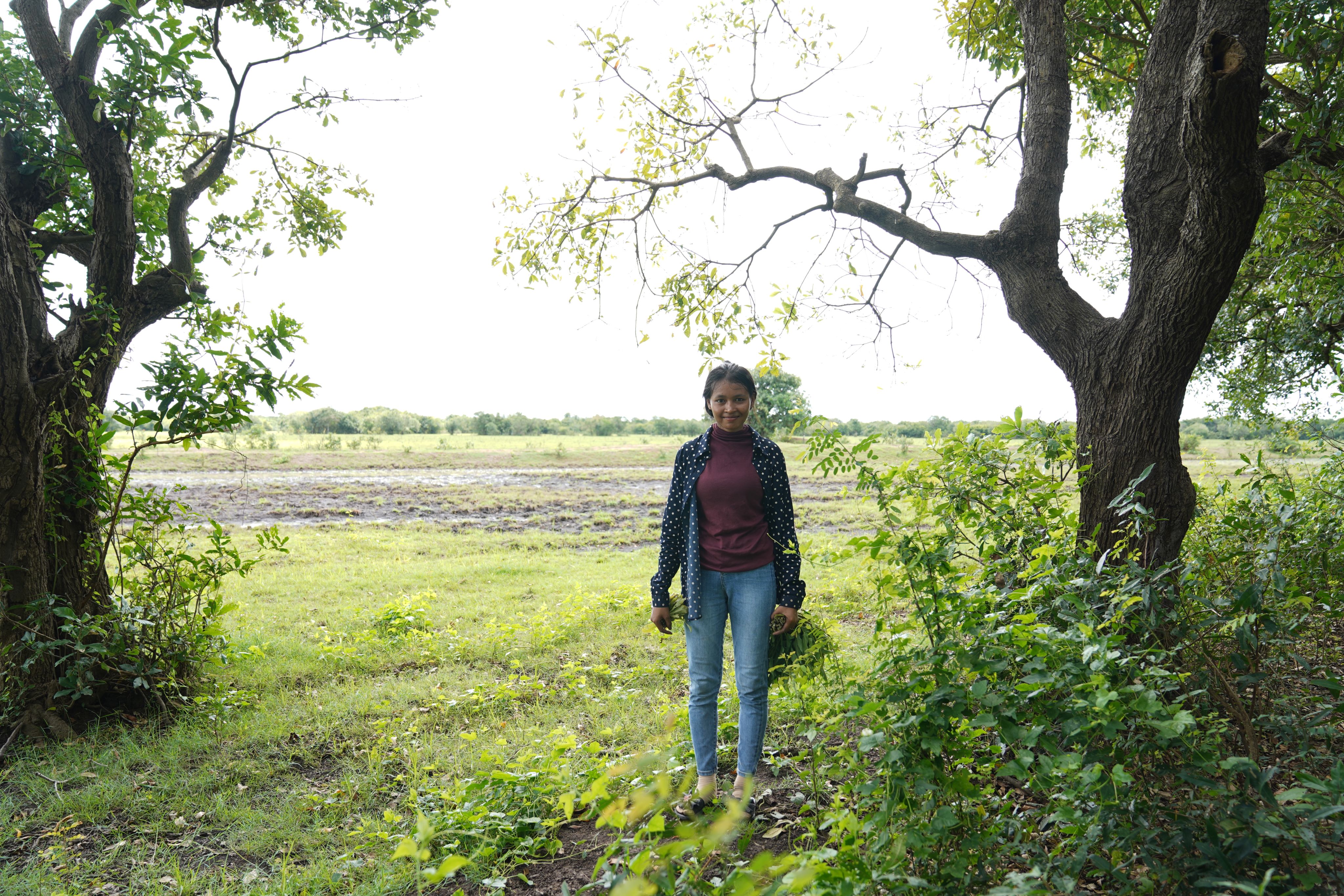
Srey Mao lives in Sasar Sdam commune, a village located on the Northwestern part of Tonle Sap Lake, which is part of the flooded forest rehabilitation project.
“During the past few years, there have been positive changes in our community. We have planted Sal Trees on many hectares of land to rehabilitate the degraded biodiversity in this area. These trees are growing now, and we have been harvesting from that and continue to grow the seeds to plant even more! This project has helped the fishery community in my village to have more trees, which are the home for our fish and wildlife.”
“Without the forest, we are exposed to climate change, to drought and heat. Without rain, we cannot grow crops to eat", says Srey Mao.
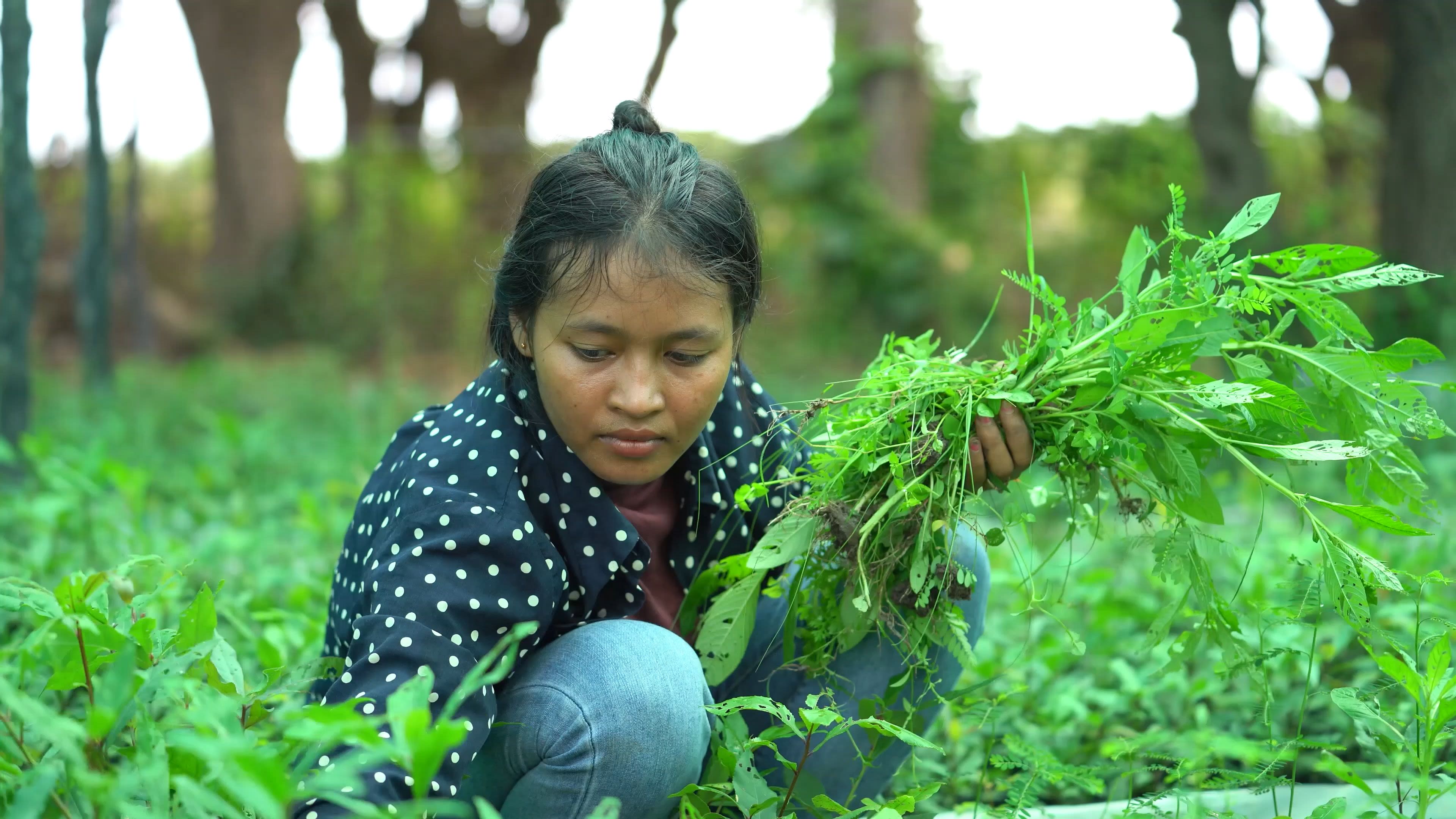
Cambodia is extremely vulnerable to the impacts of climate change due to its high dependence on agriculture, water resources, forestry, and fisheries, which form the critical foundation of its economy and support the livelihoods of its population. Life in the villages around the Tonle Sap Lake is deeply interlinked with the water, its resources, and ecological changes. While the area is affluent in natural resources, the residents around the lake, who subsist on farming and fishery, are among the poorest in Asia.
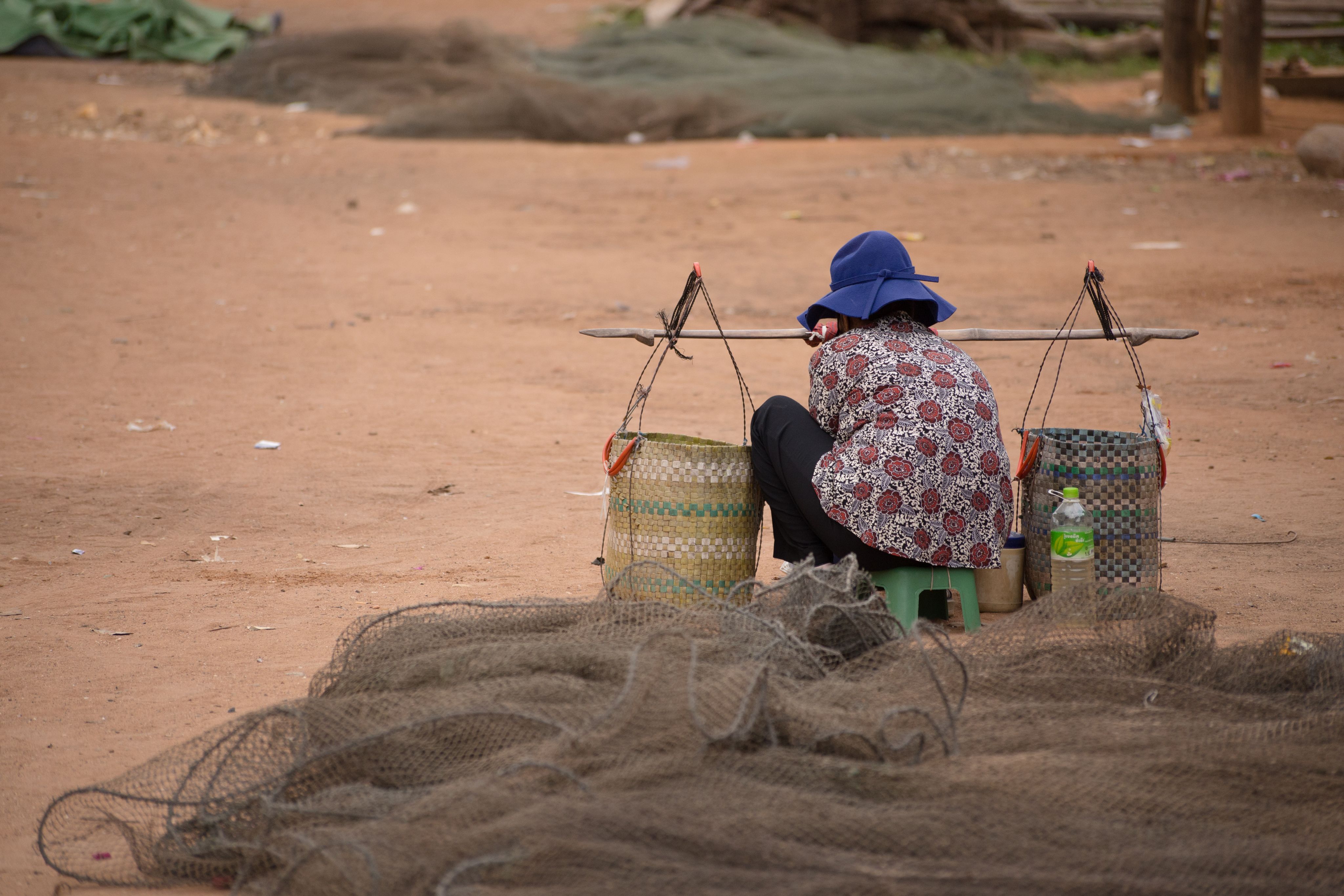
Tao Srey Mao’s recalls childhood memories: “I have 12 siblings and my mom always had to borrow money from other people. Some days I would earn like 500 or 1000 riels (10-25 US cents) from collecting plastic bottles – I usually gave half of that to my mother. At school, I never went out of the classroom during the break because I didn’t have money to pay for snacks. I also took extra private classes, some people paid it monthly or by the hour, but I never had any money for it. I explained my situation to the teacher, and with compassion, they allowed me to study free of charge.”
Due to usurious interests, Srey Mao’s family got indebted: “We ended up owing people USD 20,000. My mom decided to sell her land for USD 15,000, but we were still short of USD 5000. We then decided to take loans from micro-finance. Before I got married, I always supported my mom financially, giving her all my salaries. After I married, my husband and I lived in a separate house. My mom told me that I had to work hard, so that I can build my own house. I hope I’ll be able to do that one day.”
With success, Srey Mao also fought against the deeply held beliefs of patriarchal societies: “Before, I always heard that women and girls are solely supposed to stay home, cook, and take care of the family. I was advised by some not to study, as it would be useless. I do not agree with these words. I believe when we learn more, we acquire better knowledge so that we won't be exploited by anyone.”

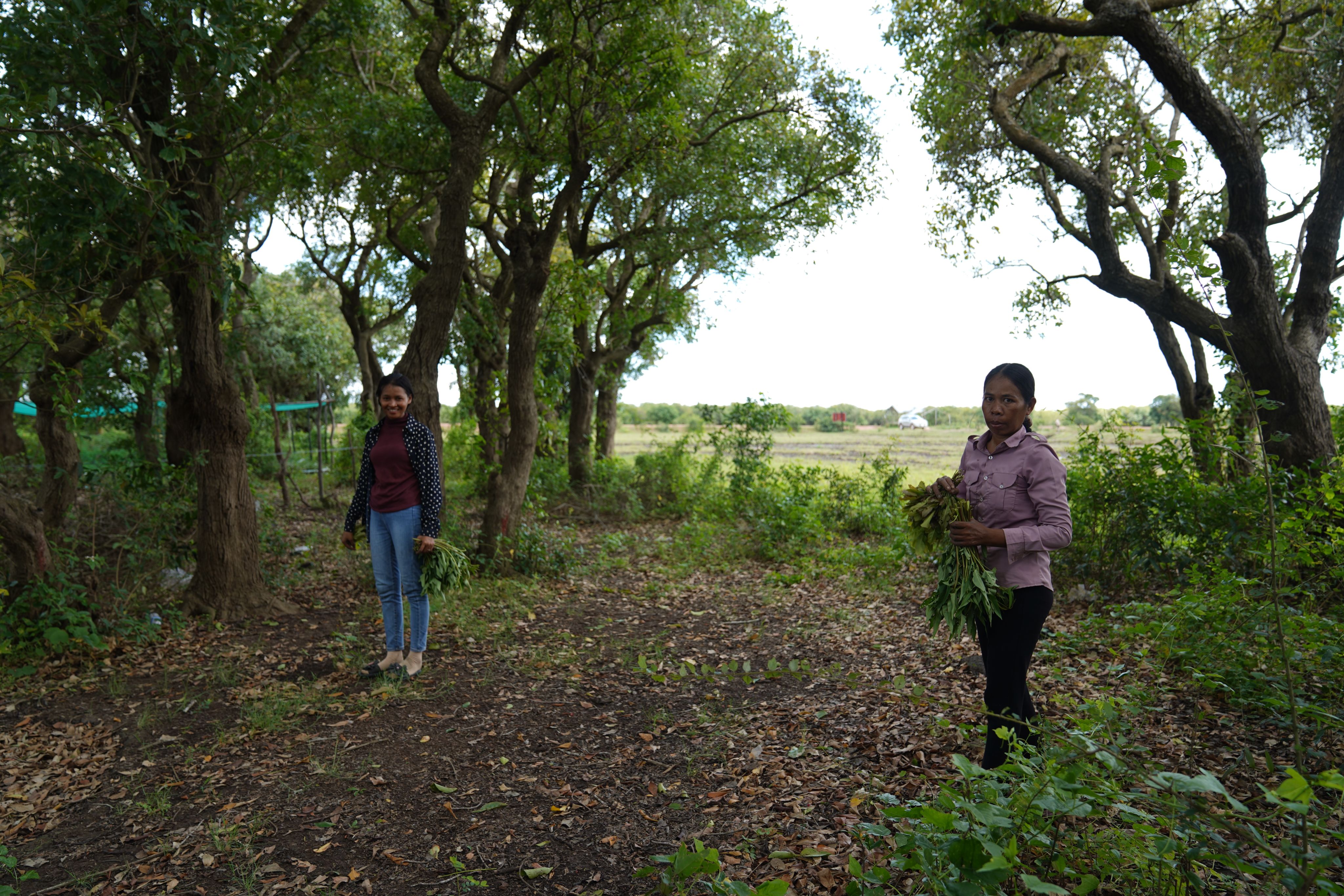
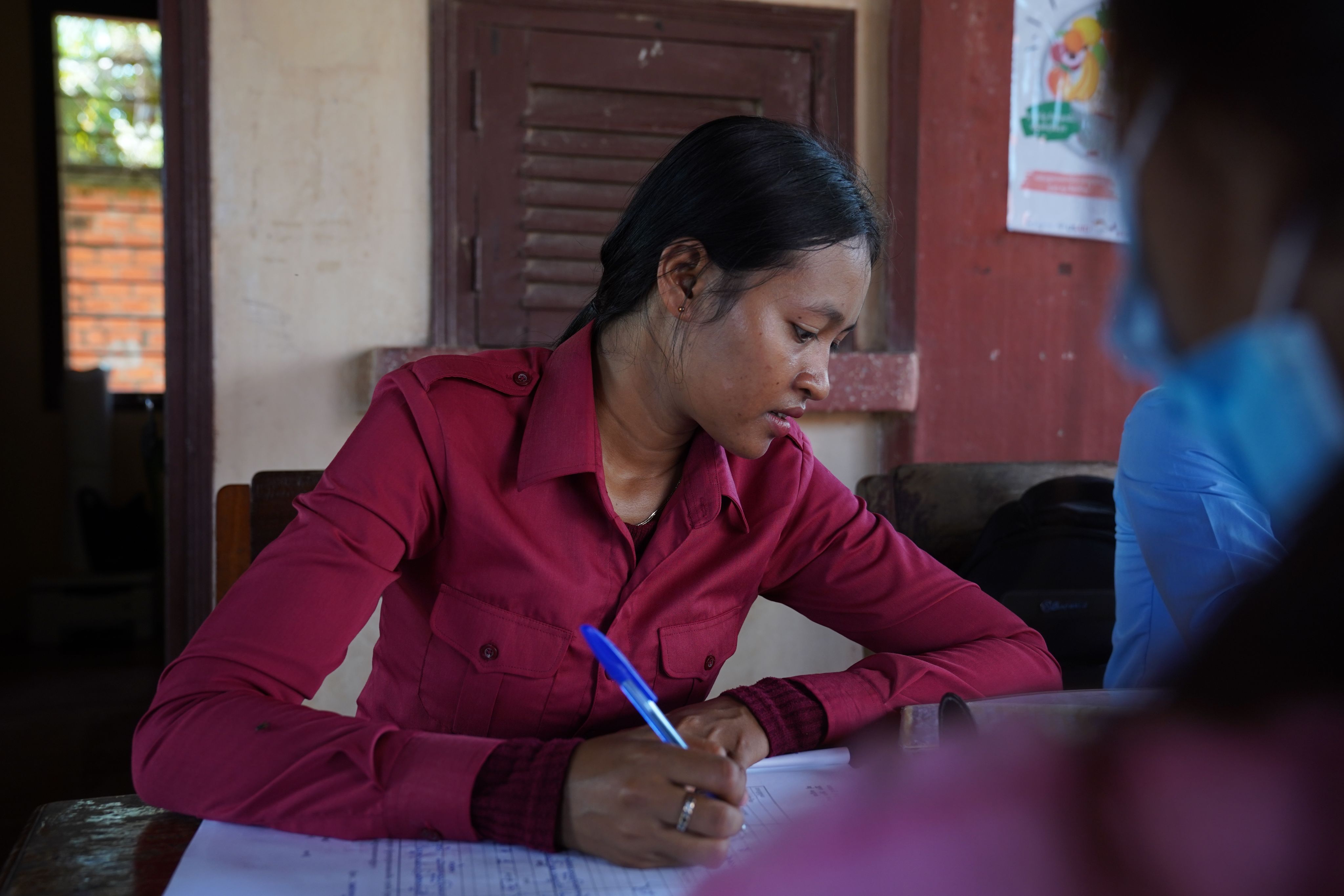
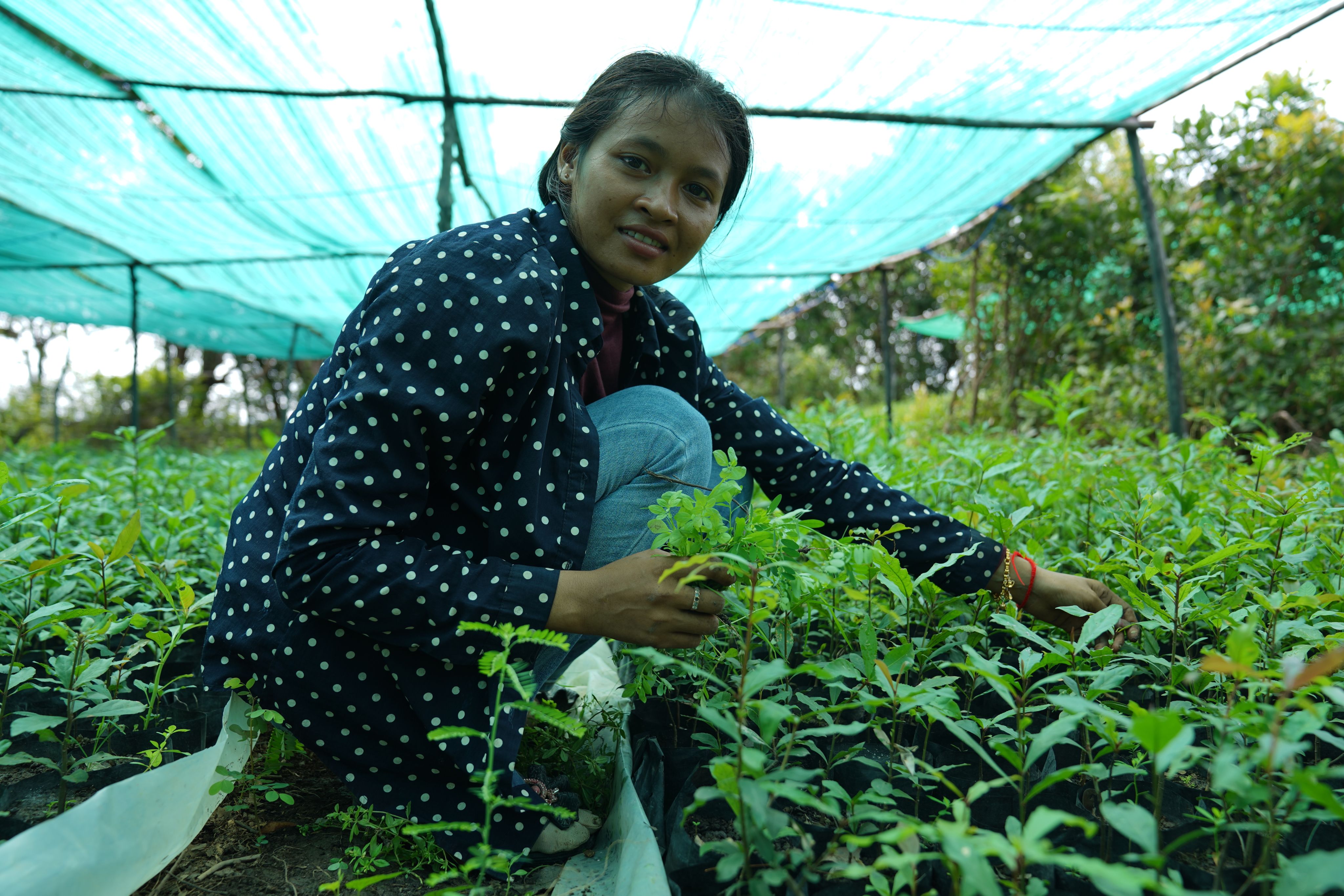
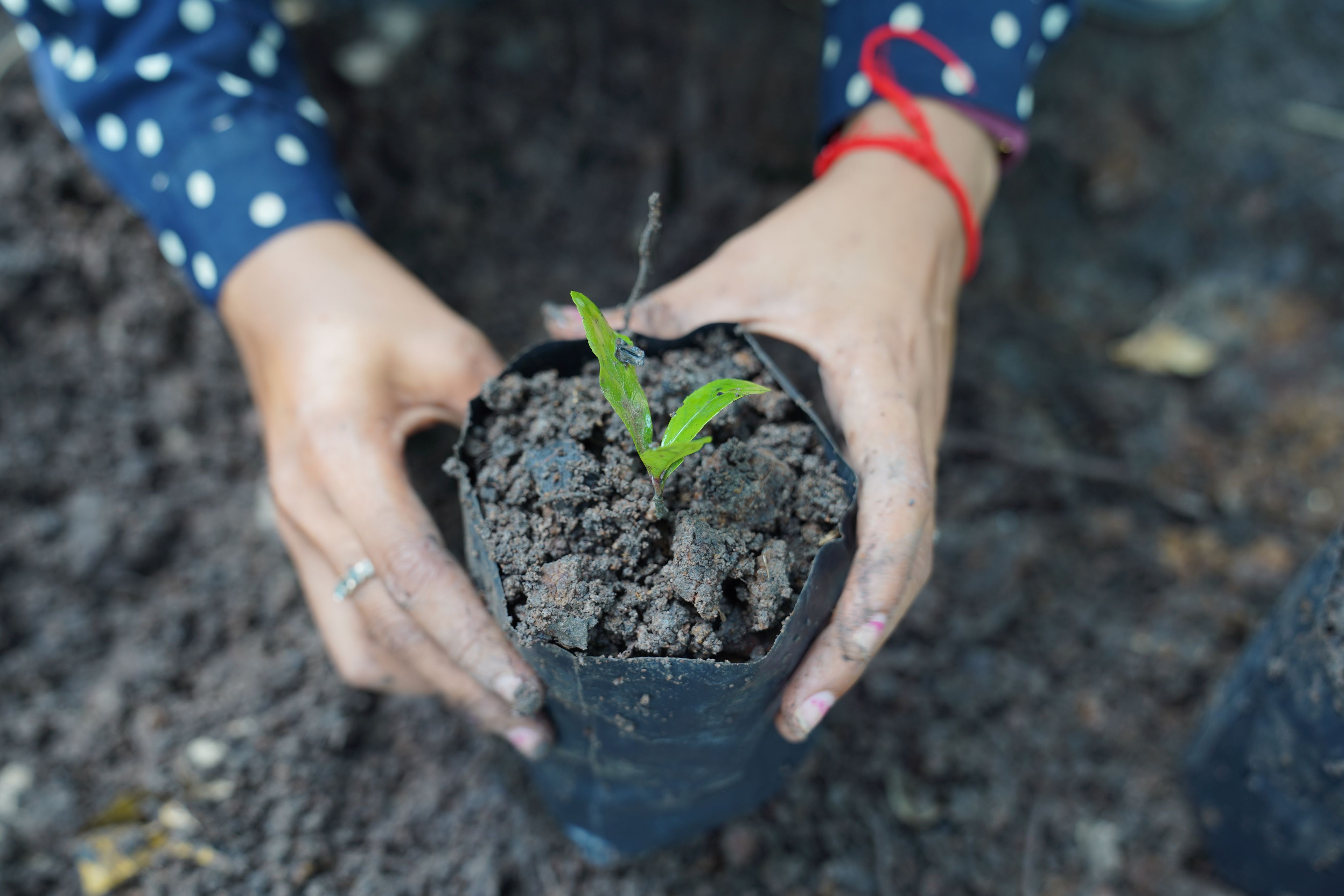
It’s her mother who has been a constant source of motivation and inspiration for Srey Mao: “My mother kept telling me that I need to acquire knowledge. “Keep on studying, don’t be uneducated like me. This way, I ended up owing people a lot of money and having a tough life. Only through knowledge, you can find good jobs.” she would say. My mother has always been poor, but she never asked me to give up my studies, although I seriously considered doing that.”
Srey Mao is now in her third year of university, studying public administration: “It’s related to my day-to-day work, and I also wanted to learn more about the law. Now, my mom is so happy to see that I am studying and working for society, for our community.”
The 23-year-old woman has a concrete dream for the future: “I want to become the commune chief. My goal is to see our community develop and to preserve the flooded forest. With the money I earn, I want to continue supporting my family.”

Footnotes
Additional project information
- Learn more about the FCPF REDD+ Readiness Project, REDD+ in Cambodia, UN-REDD in Cambodia, Cambodia’s National REDD+ Strategy and UNDP’s work in Cambodia
- The UNDP Climate & Forests Team assists different countries and stakeholders in the implementation of the Paris Agreement by reducing deforestation, forest degradation and promoting sustainable development pathways.
- Since July 2019, UNDP has supported the Royal Government of Cambodia to protect and restore the flooded forest and its biodiversity within the lake area to improve fishing productivity, reduce carbon emissions and prevent erosion. With the main objective to promote an integrated and sustainable flooded forest rehabilitation and management in the Tonle Sap Great Lake, the project focuses on promoting more sustainable management practices, capacity building for local authorities and community engagement in the flooded forest conservation areas.
This story has been kindly supported by the Forest Carbon Partnership Facility (FCPF), UNDP Cambodia, UNDP Climate & Forests, and the Cambodian Fisheries Administration (FiA) of the Ministry of Agriculture, Forestry and Fisheries (MAFF).
Story credits:
Texts, Video Production & Visual story layout: Roxana Auhagen
Photos, Videos & Collaboration: Ratha Soy, UNDP Cambodia
Animated title visuals: Sila Alici Kavuk
Other photos as noted.
Disclaimer
The series explored the intricate relation between flooded forest landscape (the Tonle Sap basin) and local communities living within and/or surrounding the landscape. It does, however, not represent the general condition of the entire community and/or the Tonle Sap landscape as a whole.
Unless expressly stated otherwise, the views, findings, interpretation, and conclusion expressed in this multimedia series are those of the participant(s)/respondent(s) only and do not necessarily represent those of the United Nations Development Programme, including the Fisheries Administration, Forest Carbon Partnership Facility (FCPF) programme, Ministry of Environment, local communities, or the consultant engaged in preparing the case study.
The United Nations Development Programme does not warrant that the information contained in the story is complete and correct and shall not be liable whatsoever for any damages incurred as a result of its use.
